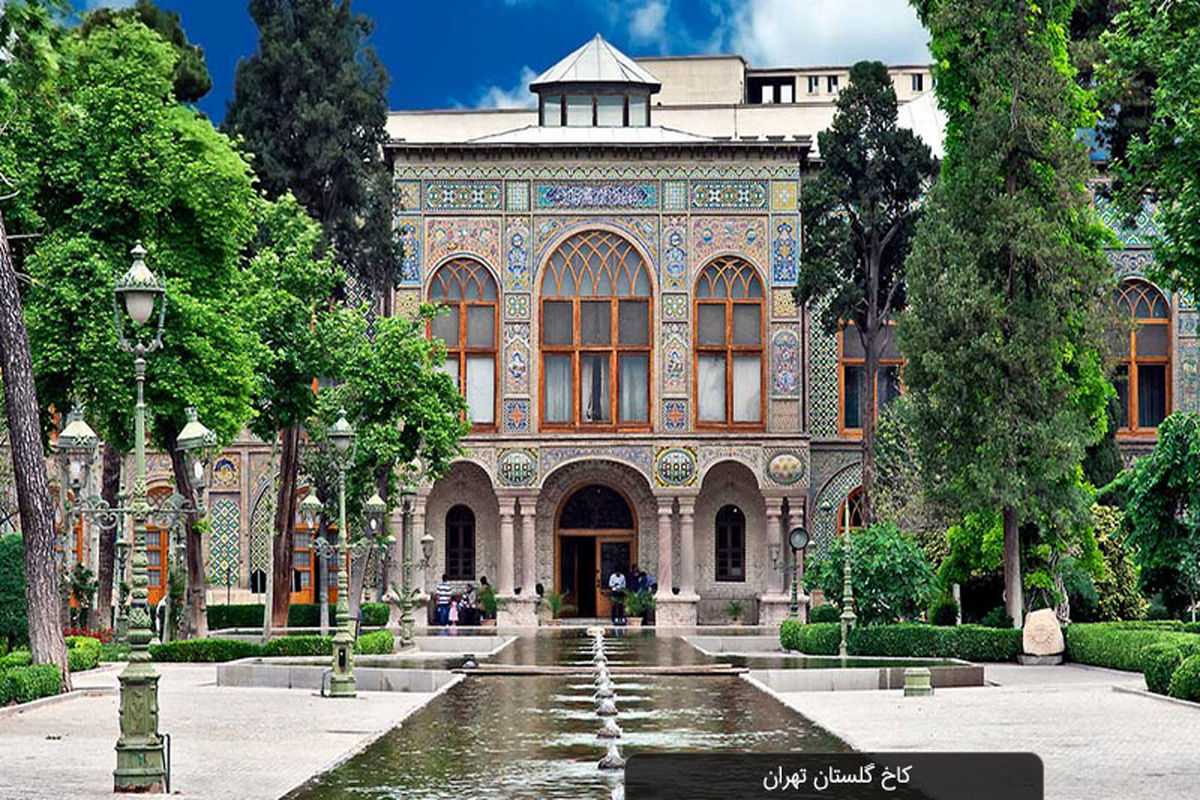Golestan Palace will host Iran's cultural heritage exhibition
Golestan Palace will host Iran's cultural heritage exhibition during Nowruz.

MojNews-Golestan Palace will host Iran's cultural heritage exhibition during Nowruz.
An exhibition showcasing the rich tourism potentials and historical artifacts of Iran's cultural heritage is scheduled to take place at the prestigious Golestan Palace in downtown Tehran during the Iranian New Year holidays in March.
This initiative aims to highlight the diverse cultural offerings of the country's provinces, Afarin Emami, the director of Golestan Palace announced on Tuesday.
Golestan Palace, which is Tehran’s sole World Heritage site, consistently welcomes between 12,000 to 15,000 visitors daily during Nowruz, she explained and added: “Its extensive space provides an ideal setting for the presentation of Iran's captivating tourist attractions, as well as its intriguing cultural and historical sites.”
To realize this vision, tourism officials from all across Iran have been invited to contribute their respective historical artifacts, representative of their regions, to be showcased at Golestan Palace during the holiday period, she noted.
It is anticipated that this event will transform the palace into a unique platform for acquainting visitors with the country's remarkable cultural and historical treasures, she said.
Emami also highlighted the importance of museums as a means for the public to witness the dynamic museum activities and cultural and historical endeavors taking place in Iran.
Consequently, museums should be accorded significant attention by their managers and foster closer interactions with one another to facilitate more of these extraordinary events, she concluded.
A destination for domestic and international travelers, Golestan Palace is located in the heart and historic core of Tehran. The palace complex is one of the oldest in the Iranian capital, originally built during the Safavid dynasty (1501–1736) in the historical walled city.
Located in the heart of Tehran, the palace is like a beautiful pearl that evokes an innate sense of the luxury of Persian kings. Beautiful fountains and lush greenery surround the palace.
Following extensions and additions, it received its most characteristic features in the 19th century, when the palace complex was selected as the royal residence and seat of power by the Qajar ruling family (1789-1925). At present, the Golestan Palace complex consists of eight key palace structures mostly used as museums and the eponymous gardens, a green shared center of the complex, surrounded by an outer wall with gates.
The palace contains numerous ornaments dating from the 19th century, which are one of its distinguishing features. Palace visitors are impressed by the palace's lavish decoration: painting, mural, fresco, marble carvings, mirror mosaic, and stained glass.
Talar-e Salam, or the reception room, is perhaps the most famous hall in the palace and is where the kings welcomed foreign guests arriving in Iran. Beautiful mirrorwork by Iranian masters decorates the ceilings and walls of this hall, and marble mosaics cover the floors.
UNESCO has it that the complex exemplifies architectural and artistic achievements of the Qajar era including the introduction of European motifs and styles into Persian arts.





Add Comment